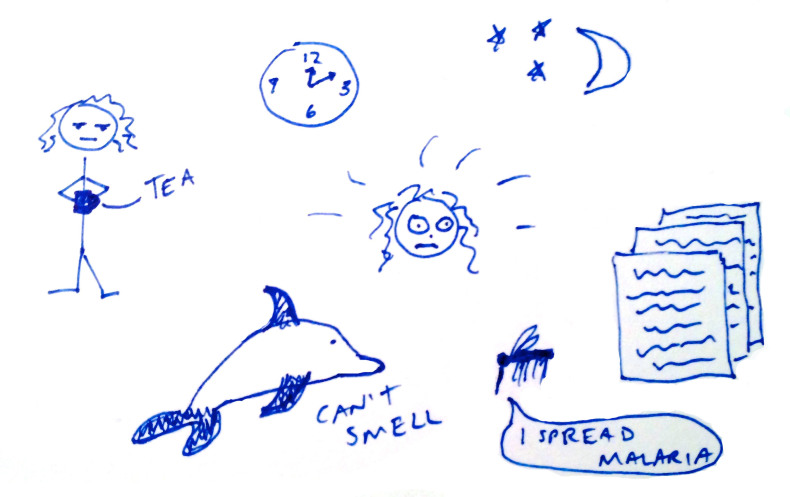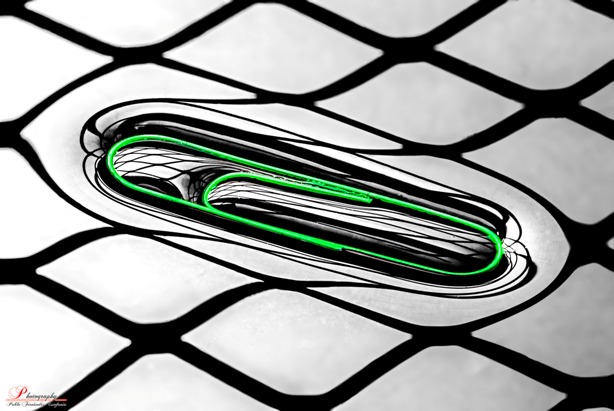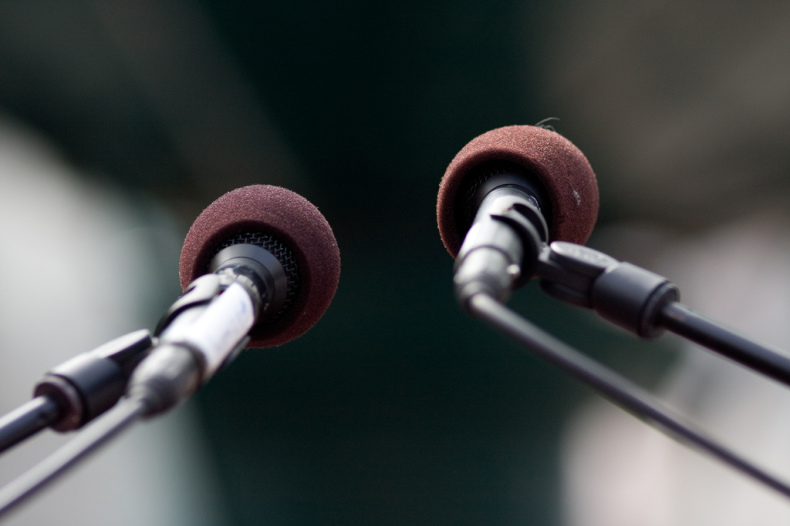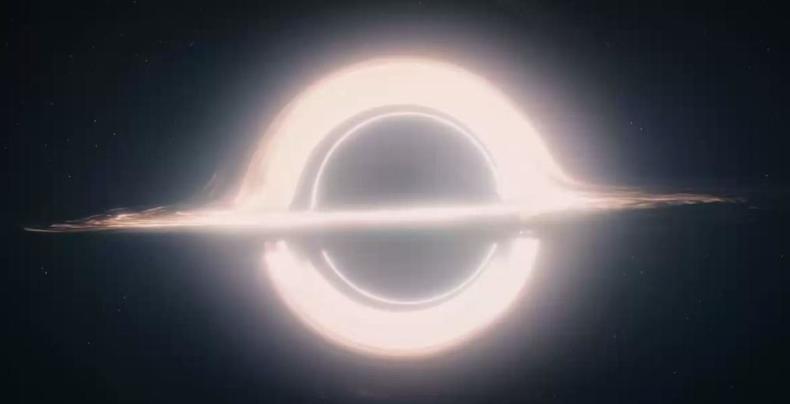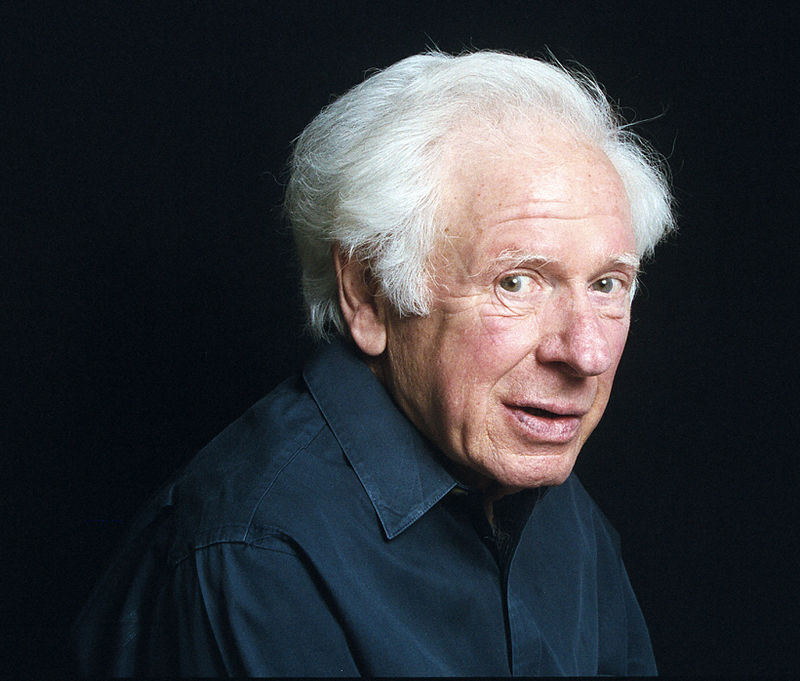 Part 1 is here.
Part 1 is here.
While Murph was still at Princeton, in his first years there, he was spending summers consulting, sometimes for defense contractors, sometimes for the Los Alamos National Laboratory. (A lot of physicists did this: academic scientists’ salaries run for nine months; they needed summer money.) Then a little later, during the post-Sputnik years, Murph gave the government advice on science matters (radar, nuclear bombs, and missiles are just physics) as a member of an unusually-powerful President’s Science Advisory Committee (PSAC). So between defense consulting and PSAC, not to mention the Manhattan Project, Murph developed a sense that he and other scientists should take over from the first generation of science advisors — whom he respected but didn’t much like and who were usually from MIT and Harvard in Cambridge, Mass. So he thought he should, as he said, “step up to the plate.”
So one summer he participated first in a sort of briefing on science-related defense problems called Project 137; and then the next summer, he and two other physicists formed a group of contractor/advisers who were independent, who were full-time physicists advising for summer money only, whose salaries didn’t depend on their advice. Nothing like this group had been done before and really, nothing has since.
Mildred named the group, Jason. Murph was its first head; he stayed active in the group until around 1967. By this time, Jason was being asked how to stop North Vietnamese infiltration into South Vietnam. Jasons, Murph included, came up with a plan by which the enemy would set off hidden sensors whose signals were to be detected by our airplanes which would bomb the infiltration routes. The Jasons called it the Air-Suppported Anti-Infiltration Barrier. When the military took over the plan and used it to bomb the enemy everywhere, the newspaper called it (wrongly) MacNamara’s Wall. The Senate hearing on its use, years later, called it the electronic battlefield and said “it has the possibility of being one of the greatest steps forward in warfare since gunpowder.” Which it did: it’s the way wars are fought now. But it’s not what the Jasons intended. And when the Pentagon Papers published the Jason report, Jason’s was confused with reports by the older Cambridge physicists, and caught high-temperature hell from the activists. For some Jasons, Murph in particular, the episode could have come straight out of Faust. Continue reading →
 Two years ago this week, a well-known environmental organizer named Sombath Somphone was detained at a traffic stop in downtown Vientiane, Laos, and driven away in a white pickup. He has not been seen or heard from since. You can read a lot more about Somphone, his work in Laos, and his wife’s remarkable efforts to call his abductors to account in my story for National Geographic.
Two years ago this week, a well-known environmental organizer named Sombath Somphone was detained at a traffic stop in downtown Vientiane, Laos, and driven away in a white pickup. He has not been seen or heard from since. You can read a lot more about Somphone, his work in Laos, and his wife’s remarkable efforts to call his abductors to account in my story for National Geographic. 